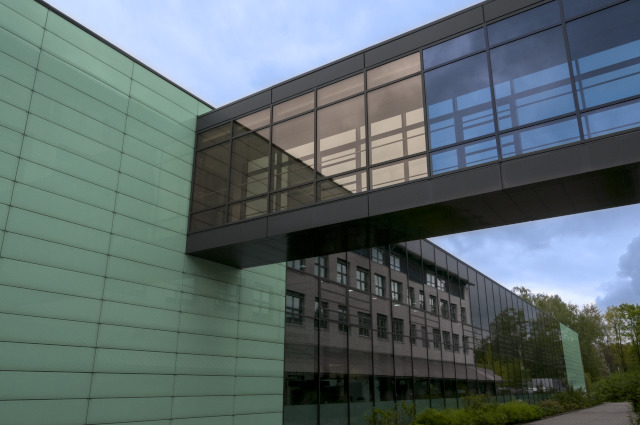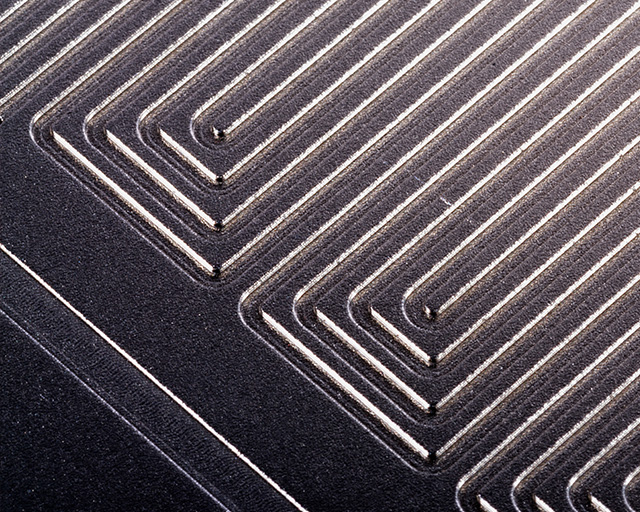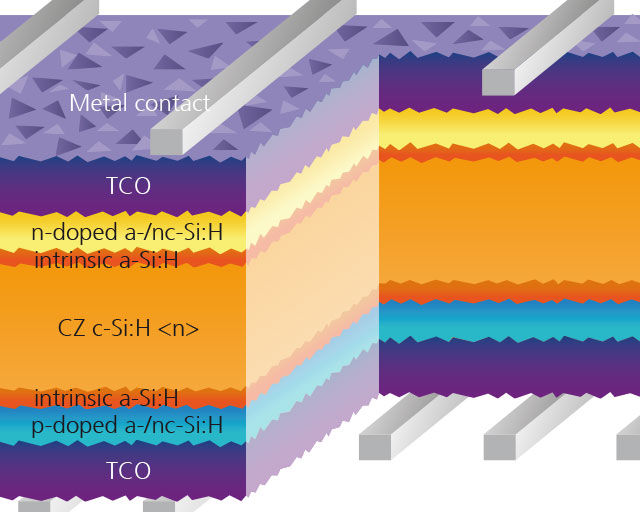Against the background of climate change, energy generation utilizing wind, sun or water is playing an increasingly important role. Simultaneously, it is necessary to develop possibilities for using the available energy more efficiently. The Fraunhofer IST focuses on the following research activities to ensure access to affordable, reliable, sustainable and modern energy for everyone:
SDG 7: Affordable and clean energy
More efficient use of energy
Film systems from the Fraunhofer IST help to increase energy efficiency. One example of this is erosion-control films on aircraft engines. Very hard multilayer films comprised of ceramic and metal prevent excessive fuel consumption and decreasing efficiency. A further example is the development of electrochromic coatings for windows, which can, for example, reduce solar radiation in buildings, thereby lowering the air-conditioning costs. Energy optimization and efficiency improvements are also a topic in the sustainable factory planning offered by the Fraunhofer IST. So-called “data mining” in production - from data acquisition through to evaluation by means of machine learning methods - enables the identification of “drivers” as regards energy and resource consumption.
Energy storage for electric mobility
Energy storage technologies which are safer and more efficient are gaining constantly in importance in view of the heralded energy revolution and the anticipated boom in electric and hydrogen mobility. The institute is working intensively on, amongst other items, the development of functional films for batteries of both present and future generations, which increase the performance capabilities and service life of these systems for mobile and stationary applications. Furthermore, high-performance coatings are being developed for bipolar plates utilized in fuel cells and electrolyzers.
Clean energy from the sun
In order to promote the use of renewable energies, the technologies for energy generation must also be further developed. In this field, the Fraunhofer IST is addressing the development of solar cells with increased efficiency. Two specific examples are the production of semiconductor films for thin-film and silicon-based photovoltaics and the development of characterization methods for thin-film solar cells. In collaboration with the Fraunhofer institutes IKTS and CSP, the Fraunhofer IST is currently conducting research into modules for photocatalytic water splitting in order to produce hydrogen as an energy source.


